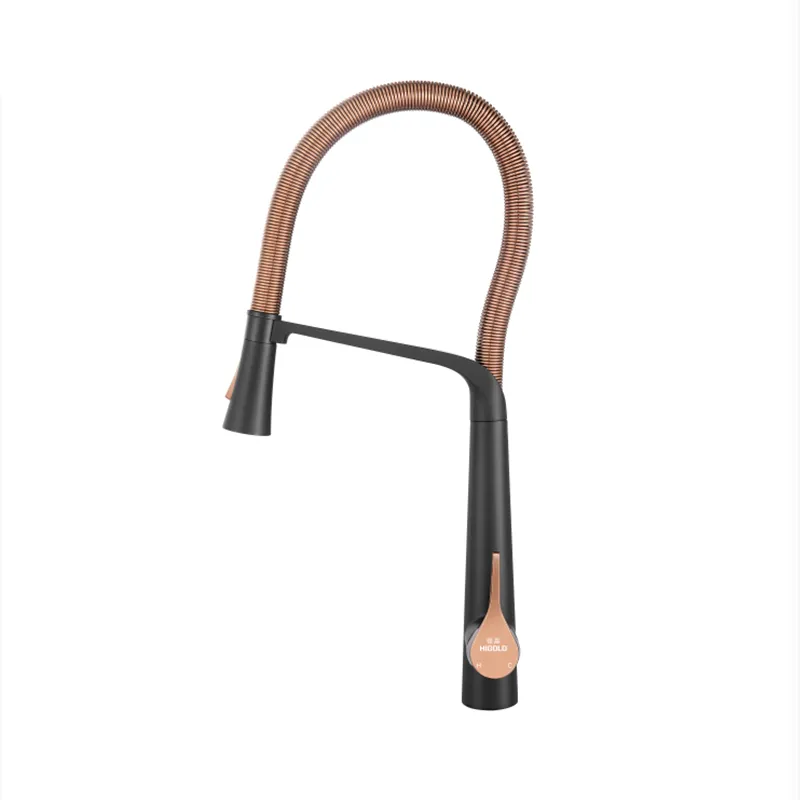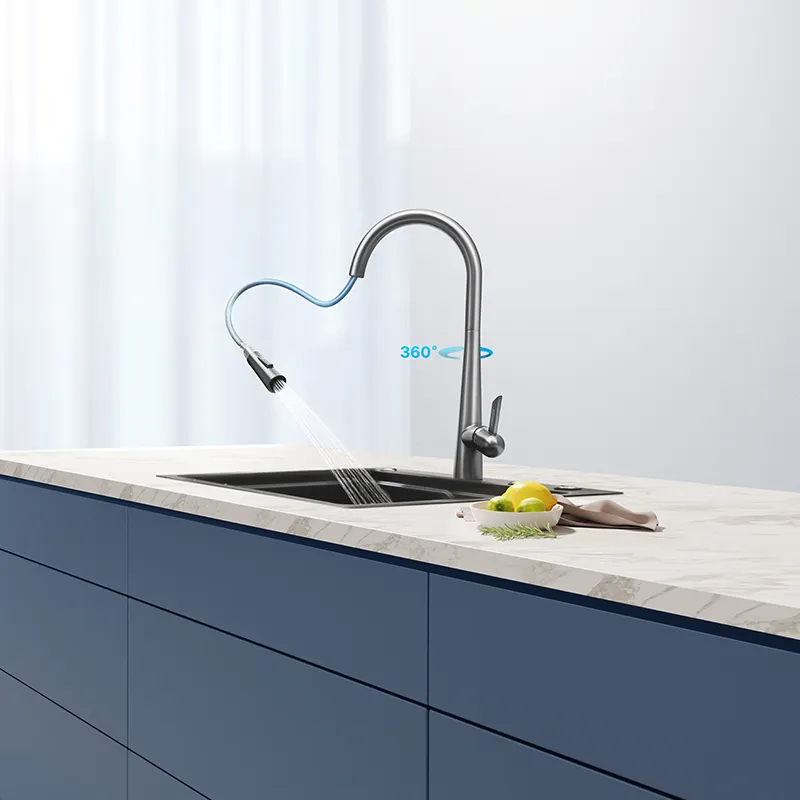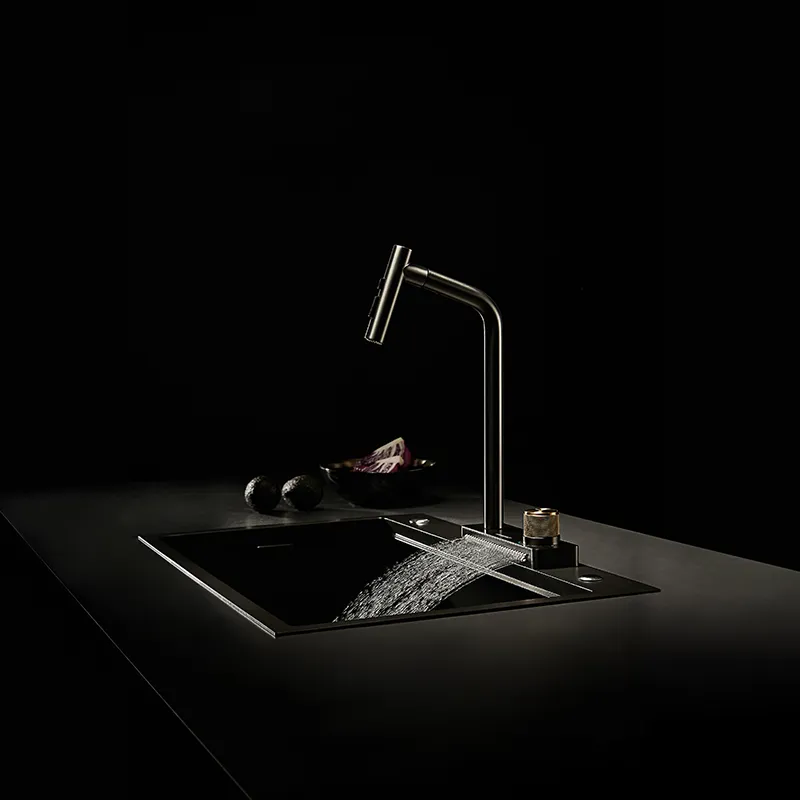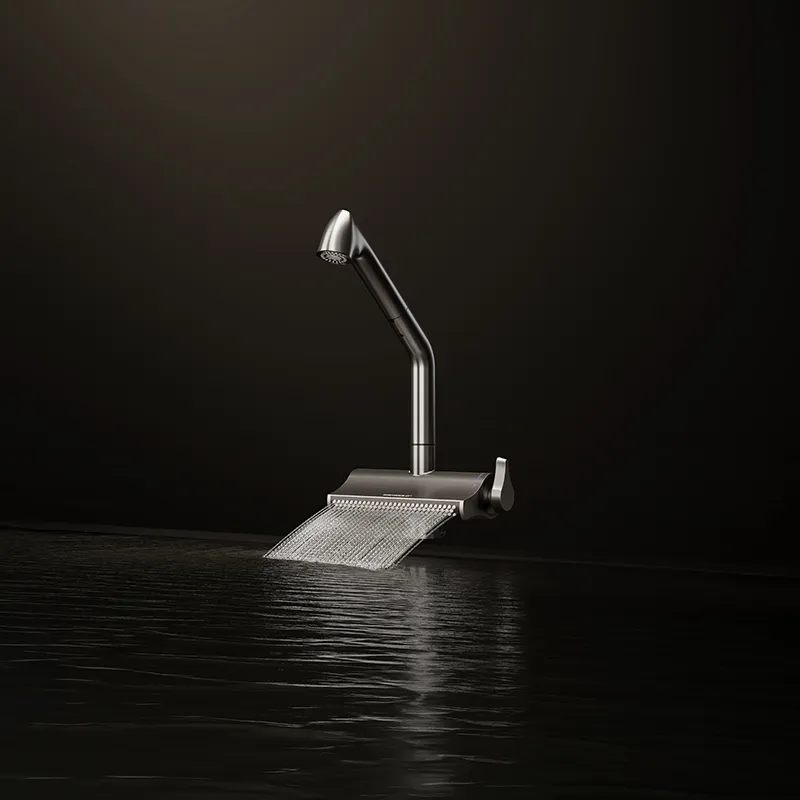As one of the core facilities of the kitchen, the sink is indispensable for almost every cooking and cleaning. The faucet that matches the sink is also an important part of the functionality of the kitchen.
Regarding the choice of the installation location of the kitchen sink faucet, many people will face a question: should the faucet be installed on the left or right side of the sink? This question seems simple, but in fact, it involves many considerations such as kitchen operation habits, ease of use, and the needs of family members.
In order to help consumers make wise decisions, this article will analyze this issue from multiple dimensions such as kitchen usage habits, design perspectives, and the applicability of different sink and faucet types, and provide specific suggestions to help families choose the appropriate faucet installation location according to their own needs.

1. What are the factors that affect the installation location of the kitchen sink faucet?
When deciding the installation location of the kitchen sink faucet, there are several key factors to consider:
1.1 Usage habits of family members
Different families have different kitchen operation habits, which directly affects the installation location of the sink faucet. For example, for a left-handed family member, they may prefer to install the faucet on the right side of the sink, because the operating habits of left-handed people usually make them more accustomed to using their right hand to operate.
Similarly, for right-handed family members, they usually choose to install the kitchen sink faucet on the left so that they can use their left hand to operate the faucet. This personalized usage habit requires the choice of faucet installation location to be adjusted according to the needs of family members.
1.2 Design type of sink and faucet
The design of the sink and faucet also affects the choice of installation location. For example, some sinks are designed as double-slots, divided into two independent operation areas, while some sinks are designed as single-slots. For double-slot sinks, the faucet is usually installed next to one of the troughs, and it is common to install it on the left or right side. For single-slot sinks, since the trough itself is larger, the installation location of the faucet is relatively flexible and can be selected according to the layout of the kitchen and user needs.
The design type of the kitchen sink faucet also has an impact. For example, some faucets are single-handle faucets, where users can adjust the water flow and water temperature with a knob. Such faucets usually need to be installed next to the sink so that they are not blocked by the edge of the sink when adjusting. Some other double-handle faucets have similar installation location requirements, but users have less flexibility when using them, and the partitioning and operating space of the sink need to be considered when installing them.
1.3 Kitchen space layout and workflow
The kitchen space layout also has an important impact on the installation location of the faucet. In a small kitchen, the space around the sink and the convenience of operation need to be considered when installing the sink faucet. For example, if space needs to be reserved for a garbage disposal, dishwasher or other equipment in the kitchen, the location of the faucet needs to avoid conflicts with these equipment. In a large kitchen, the location of the sink and faucet is more flexible and can be arranged according to the workflow of the kitchen design.
1.4 Other equipment near the sink
The sink is usually closely related to other kitchen equipment, such as dishwashers, garbage disposals and other equipment. Therefore, when deciding the location of the kitchen faucet, in addition to considering the location of the sink, the installation requirements of these equipment also need to be considered. The location of the faucet should avoid interfering with the dishwasher water inlet, the installation space of the garbage disposal, etc. At the same time, other functional areas next to the sink (such as food preparation countertops) may also affect the location of the faucet.

2. Advantages and applicable scenarios of installing the faucet on the left
Many people are accustomed to installing the kitchen faucet on the left side of the sink. This practice has certain advantages, especially in the following situations.
2.1 Habits of right-handed users
For most right-handed family members, installing the faucet on the left side is easier to operate. Right-handed people are usually accustomed to using their right hands to operate various tools and equipment, and in the kitchen, using the right hand to operate the faucet can improve work efficiency. Installing the kitchen sink faucet on the left side of the sink can make the right hand operation smoother and avoid unnecessary inconvenience.
2.2 Kitchen with garbage disposal
If a garbage disposal is installed in the kitchen, many families prefer to install the faucet on the left side of the sink. This is because the garbage disposal is usually installed under the sink and needs to be connected to the drainage pipe. The kitchen sink faucet installed on the right side may interfere with the spatial layout of the garbage disposal. In order to avoid improper installation, many families choose to install the faucet on the left side of the sink when designing.
2.3 Considerations when the sink is designed as a double-slot
In the case of a double-slot sink, installing the kitchen faucet on the left is generally considered a reasonable choice. Double-slot sinks are usually used to distinguish different cleaning tasks, for example, one side is used to wash dishes and the other side is used to wash fruits and vegetables. If the kitchen sink faucet is installed on the left, the left slot can be used exclusively for washing dishes, while the right slot can be more focused on washing vegetables and fruits, avoiding interference during operation.

3. Advantages and applicable scenarios of installing the faucet on the right
Although there are many advantages to installing the kitchen sink faucet on the left, installing the faucet on the right also has certain benefits, especially in the following scenarios.
3.1 Needs of left-handed users
For left-handed family members, installing the kitchen sink faucet on the right is more in line with their operating habits. Left-handed people are usually accustomed to using their left hand to operate, so installing the faucet on the right side of the sink can make them more convenient in daily use and improve the fluency of operation.
3.2 Kitchens that require a lot of washing and soaking
For kitchens that require frequent large-area washing and soaking, such as preparing a large amount of ingredients or washing large pots and large dishes, it may be more appropriate to install the faucet on the right side. This design ensures smooth flow of water while keeping the washing work unimpeded. In this design, installing the faucet on the right side can provide more space, making the left side a dedicated washing area to avoid confusion in operation.
3.3 Flexibility of spatial layout
In some kitchen designs, the kitchen sink faucet may be installed on the right side because of the requirements of the spatial layout. For example, installing the faucet on the right side of the sink can ensure that there is more space on the left side of the sink for other equipment (such as dishwashers and garbage disposals). Especially in large kitchens, the installation location of the faucet may be more affected by the overall spatial layout and the functional zoning of the kitchen.
From the above analysis, it can be seen that there is no fixed answer to whether the kitchen sink faucet should be installed on the left or right side, but should be determined according to the usage habits of family members, the kitchen space layout, and specific equipment requirements. For right-handed family members, the left side of the faucet is usually more convenient; for left-handed family members, the right side of the faucet is more suitable.

What makes Higold competitive in terms of pricing?
By combining high production volume, in-house R&D, and automated processes, Higold achieves excellent economies of scale. This allows the company to offer very competitive prices without compromising on product quality.
Whether you are looking for a cheap but reliable sink option or a premium branded product, Higold offers a price tier that suits every budget. Contact the sales team for tiered pricing and quotes based on your order volume.


